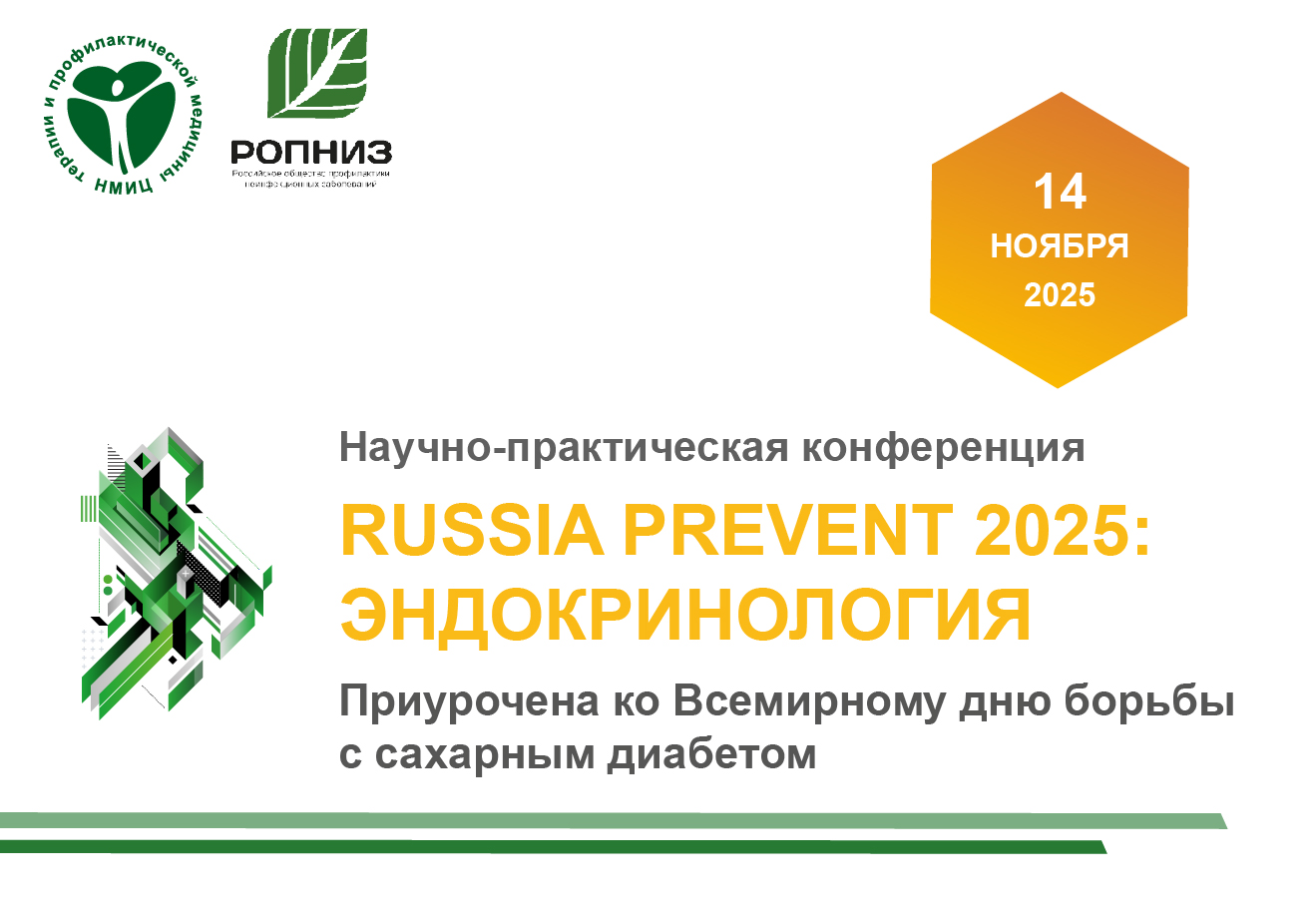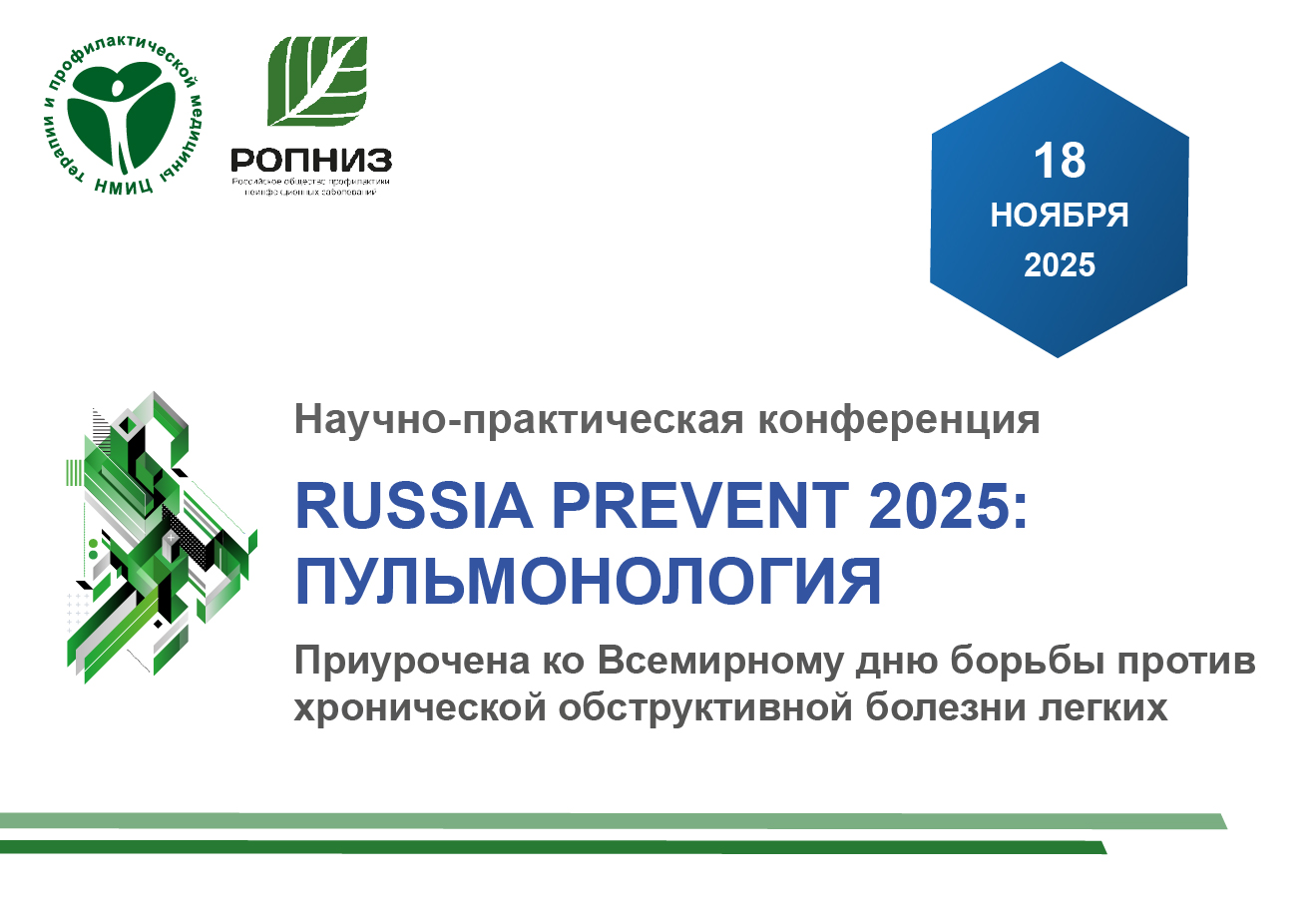Diagnosis of familial hypercholesterolemia in children: cascade screening from theory to practice
https://doi.org/10.15829/1728-8800-2020-2348
Abstract
Aim. To conduct a cascade screening and to assess its effectiveness in the diagnosis of familial hypercholesterolemia (FH) in children.
Material and methods. The study was conducted from January 2017 to August 2018 on the basis of the City Clinical Hospital № 7 and the Children’s Republican Clinical Hospital (Kazan, the Republic of Tatarstan). It consisted of identifying index cases — primary patients with FH with further examination of first- and second-degree relatives <18 years old. In adults, the diagnosis was established according to Dutch Lipid Clinic Network (DLCN) criteria): FH was diagnosed with a score of ≥6. In children and adolescents <6 years of age, the Simon Broome Registry criteria were used.
Results. During this period, 2542 case histories of patients with cardiovascular diseases were analyzed, of which 1220 people with a total cholesterol >5 mmol/L were selected. Next, a targeted screening was carried out aimed at the diagnosis of FH, as a result of which 61 index patients were identified. At the next stage, as a part of cascade screening, 87 first- and second-degree relatives <18 years old were examined. In 43 (49,4%) children, heterozygous HF was diagnosed, of which in 4 patients the disease was detected by re-examination after 1 year.
Conclusion. Cascade screening is a necessary and effective method for the diagnosis of АР in first- and second-degree relatives <18 years old. All children of the index patients should be monitored or genetic testing necessary to rule out FH. Today, it is important to increase awareness among clinicians about the diagnosis of FH in adults and children.
About the Authors
L. F. GalimovaRussian Federation
Kazan
D. I. Sadykova
Russian Federation
Kazan
E. S. Slastnikova
Russian Federation
Kazan
N. E. Usova
Russian Federation
Kazan
References
1. Nordestgaard BG, Chapman MJ, Humphries SE, et al. Familial hypercholesterolaemia is underdiagnosed and undertreated in the general population: guidance for clinicians to prevent coronary heart disease. Consensus statement of the European Atherosclerosis Society. Eur Heart J. 2013;34(45):3478-90. doi:10.1093/eurheartj/eht273.
2. Watts GF, Gidding S, Wierzbicki AS, et al. Integrated guidance on the care of familial hypercholesterolaemia from the International FH Foundation. Int J Cardiol. 2014 Feb 15;171(3):309-25. doi:10.1016/j.ijcard.2013.11.025. Epub 2013 Nov 20.
3. Bays HE, Jones PH, Orringer CE, et al. National Lipid Association Annual Summary of Clinical Lipidology. J Clin Lipidol., 2016;10(1):S1-S43. doi:10.1016/j.jacl.2015.08.002.
4. Migliara G, Baccolini, V, Rosso A, et al. Familial Hypercholesterolemia: A Systematic Review of Guidelines on Genetic Testing and Patient Management. Frontiers in Public Health. 2017;5:252. doi:10.3389/fpubh.2017.00252.
5. Yezhov MV, Bliznyuk SA, Tmoyan NA, et al. Register of patients with familial hypercholesterolemia and patients of very high cardiovascular risk with lipid-lowering therapy underperformance (RENESSANS). Russian Journal of Cardiology. 2019;(5):7-13. (In Russ.) doi:10.15829/1560-4071-2019-5-7-13.
6. Ershova AI, Meshkov AN, Bazhan SS, et al. The prevalence of familial hypercholesterolemia in the West Siberian region of the Russian Federation: A substudy of the ESSE-RF. PLoS ONE. 2017;12(7): e0181148. doi:10.1371/journal.pone.0181148.
7. Sadykova DI, Galimova LF. Familial hypercholesterolemia in children: clinical manifestations, diagnosis, treatment. Ros Vestn perinatol pediatr. 2017;62:(5):119-23. (In Russ.) doi:10.21508/1027-4065-2017-62-5-119-123.
8. Bell DA, Kirke AB, Barbour R, et al. Can Patients be Accurately Assessed for Familial Hypercholesterolaemia in Primary Care? Heart, Lung and Circulation. 2014;23(12):1153-7. doi:10.1016/j.hlc.2014.06.015.
9. DeSantes K, Dodge A, Eickhoff J, et al. Improving Universal Pediatric Lipid Screening. The Journal of Pediatrics. 2017;188:87- 90. doi:10.1016/j.jpeds.2017.05.030.
10. Gidding SS, Daniels SR, Kavey R. Developing the 2011 Integrated Pediatric Guidelines for Cardiovascular Risk Reduction. Pediatrics. 2012;129(5):e1311-9. doi:10.1542/peds.2011-2903.
11. Groselj U, Kovac J, Sustar U, et al. Universal screening for familial hypercholesterolemia in children: The Slovenian model and literature review. Atherosclerosis. 2018;277:383-91. doi:10.1016/j.atherosclerosis.2018.06.858
12. Smith AJ, Turner EL, Kinra S. Universal Cholesterol Screening in Childhood: A Systematic Review. Academic Pediatrics. 2016;16(8):716-25. doi:10.1016/j.acap.2016.06.005.
13. Lázaro P, Pérez de Isla L, Watts GF, et al. Cost-effectiveness of a cascade screening program for the early detection of familial hypercholesterolemia. J Clin Lipidol. 2017;11(1):260-71. doi:10.1016/j.jacl.2017.01.002.
14. Kerr M, Pears R, Miedzybrodzka Z, et al. Cost effectiveness of cascade testing for familial hypercholesterolaemia, based on data from familial hypercholesterolaemia services in the UK. Eur Heart J. 2017;38(23):1832-9. doi:10.1093/eurheartj/ehx111.
15. Louter L, Defesche J, Roeters van Lennep J. Cascade screening for familial hypercholesterolemia: Practical consequences. Atherosclerosis Suppl. 2017;30:77-85. doi:10.1016/j.atherosclerosissup.2017.05.019.
16. Datta BN, McDowell I F, Rees A. Integrating provision of specialist lipid services with cascade testing for familial hypercholesterolaemia. Curr Opin Lipidol. 2010;21(4):366-71. doi:10.1097/mol.0b013e32833c14e2.
17. Leren TP, Finborud TH, Manshaus TE, et al. Diagnosis of familial hypercholesterolemia in general practice using clinical diagnostic criteria or genetic testing as part of cascade genetic screening. Community Genet. 2008;11(1):26-35. doi:10.1159/000111637.
18. Pećin I, Hartgers ML, Hovingh GK, et al. Prevention of cardiovascular disease in patients with familial hypercholesterolaemia: The role of PCSK9 inhibitors. Eur J Prev Cardiol. 2017 Sep;24(13):1383-401. doi:10.1177/2047487317717346.
19. Ezhov M. V., Bazhan S. S., Yershova A. I., et al. Clinical recommendations for familial hypercholesterolemia. Atherosclerosis and dyslipidemia. 2019;1:5-43. (In Russ.)
20. Neil HAW, Hammond T, Huxley R, et al. Extent of underdiagnosis of familial hypercholesterolaemia in routine practice: prospective registry study. BMJ. 2000;15;321(7254):148-8. doi:10.1136/bmj.321.7254.148.
21. Setia N, Saxena R, Sawhney JP, et al. Familial Hypercholesterolemia: Cascade Screening in Children and Relatives of the Affected. IJP. 2018;85(5):339-43. doi:10.1007/s12098-017-2589-5.
22. Wiegman A, Gidding SS, Watts GF, et al. Familial hypercholesterolaemia in children and adolescents: gaining decades of life by optimizing detection and treatment. Eur Heart J. 2015;36(36):2425-37. doi:10.1093/eurheartj/ehv157.
Review
For citations:
Galimova L.F., Sadykova D.I., Slastnikova E.S., Usova N.E. Diagnosis of familial hypercholesterolemia in children: cascade screening from theory to practice. Cardiovascular Therapy and Prevention. 2020;19(3):2348. (In Russ.) https://doi.org/10.15829/1728-8800-2020-2348

























































